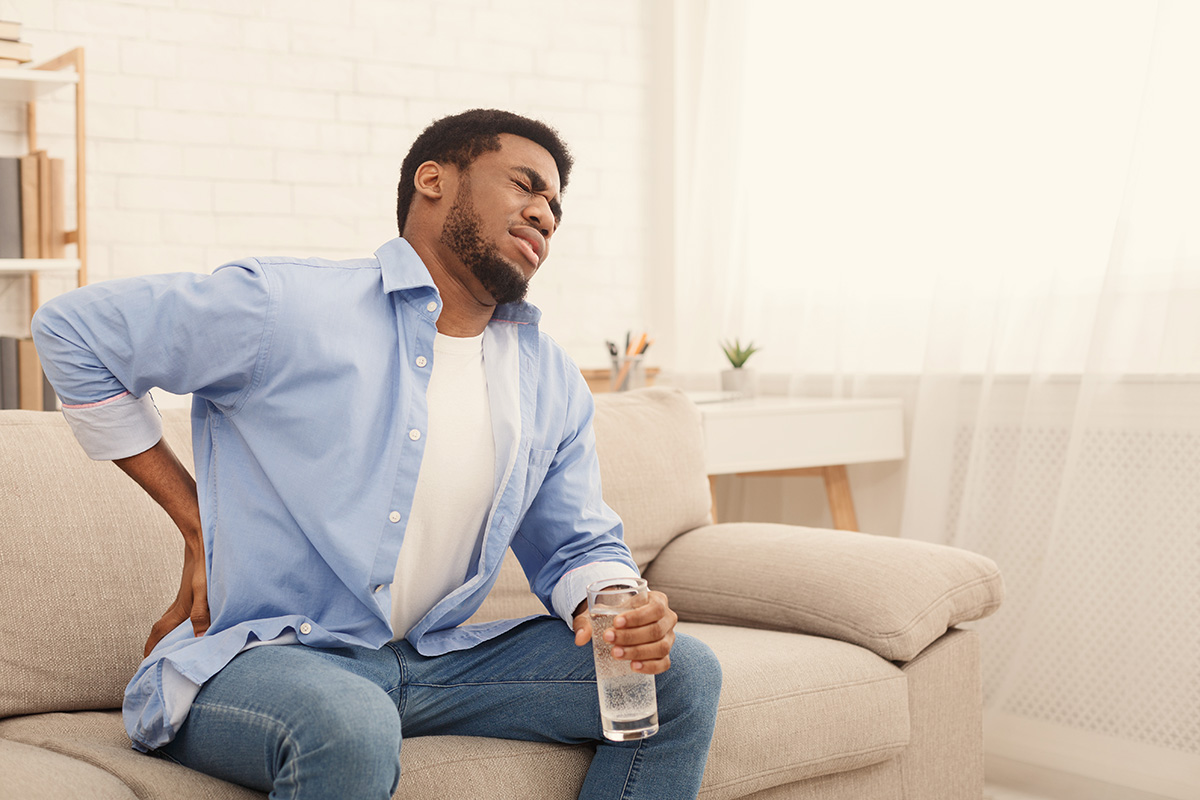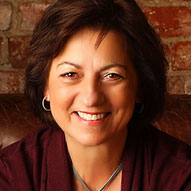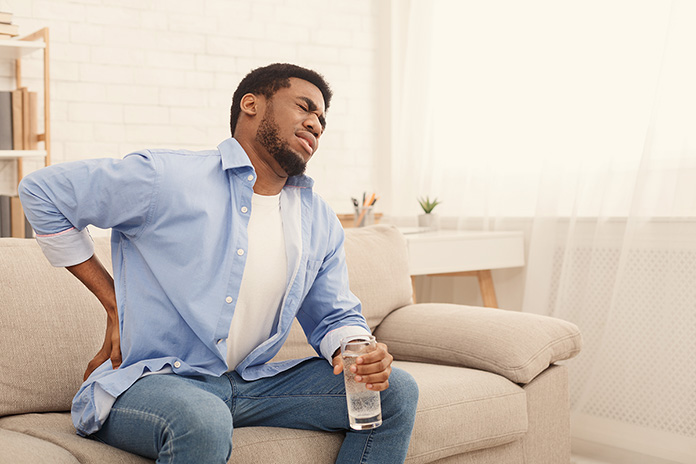
Almost everyone will experience some kind of back pain over the course of their lives. There are a number of sources of that pain, such as a sprain or strain, inflammation, osteoarthritis or a traumatic injury. However, one of the most common causes of back pain, especially as you get older, are disc issues.
Your discs are round, flat cushion-like structures made of cartilage. There’s a disc between each of the vertebrae in your spine, and they consist of two layers—inner and outer. The outer layer is thick and tough, which surrounds a core, which is softer, but also made of cartilage. The job of your discs is to absorb the shock from everyday movements, such as running, jumping, walking and falling. They also protect your spinal cord, and their structure helps to give your spine flexibility.
The problem with discs is that over the course of your life, they take a lot of rough treatment—it’s their job. As you get older, your discs can become dry, less elastic and start to condense and flatten. It’s these changes that ultimately cause your discs to bulge or become herniated, which is considered to be degenerative disc disease.
The difference between a bulging and a herniated disc is the degree of severity. As your discs become flat and less flexible, sometimes a part of the tough outer layer begins to expand and spread into your spinal canal, which is considered to be a bulging disc.
In contrast, disc herniation is more severe in that the inner core is involved, and it can happen in a couple of ways. One way is when the outer layer of your disc becomes so flattened that it actually pushes part of the inner core out of the disc and into your spinal canal. Another is when the disc becomes so flat, dry and damaged that is causes a hole or crack to occur in the tough outer layer. This opening allows the inner core to escape and spread into your spinal canal. It’s important to note, especially when talking with your doctor, that a herniated disc is also called a slipped or a ruptured disc.
Because discs go through years of wear and tear throughout your life, age is a common factor and underlying cause of disc problems. However, there are other issues that can increase your risk for having disc problems. This includes chronically poor posture, repetitive strain on your back and/or neck and trauma or injury.
The symptoms of both a bulging and a herniated disc can be similar, however a herniated disc is likely to cause your symptoms to be more severe. Back pain is the most common symptom, and that pain may radiate down one or both legs. You may also experience numbness or tingling in your leg(s) and a loss of range of motion. A herniated disc often causes worse symptoms than one that is just bulging because it can cause compression of the spinal nerves, inflammation, irritation and structural changes in your spine. That’s because a bulging disc only affects the outer part of your disc, while a herniated one involves the escaped inner core of the disc that is taking up more space in your spinal canal where it should not be. While it’s entirely possible to have no symptoms with disc issues, it’s more common to be symptom-free with a bulging disc. Also, age-related degenerative disc disease that causes the discs to dry out and become less flexible can also cause pain, even without the disc bulging or becoming herniated. Degenerative disc disease can also be the culprit in height loss as you get older, as well as spurs in the bony structures around the discs.
Diagnosis and Treatment of Disc Problems
Disc problems are usually diagnosed through an MRI (magnetic resonance imaging). However, for some people, even though disc problems show up on an MRI, it may not actually be the underlying cause of their pain.
Treatment for a bulging disc is generally more conservative than that for a disc herniation. It may involve physical therapy, muscle strengthening, pain medication and changes to your daily routine. Treating a disc herniation may include medications for pain, muscle relaxers, or anti-inflammatories, along with physical therapy. Typically, both bulging and herniated disc problems calm down over time. For cases in which standard treatments don’t bring relief, surgery may be an option.
Many people with disc-related pain decide to have acupuncture to relieve their symptoms. Research findings suggest that this can be a good idea. In fact, a number of studies have found that acupuncture treatments can provide pain relief for patients with disc herniations. An analysis of 30 research studies exploring this topic concluded that acupuncture was more effective in decreasing disc symptoms than anti-inflammatory medications, traction and treatment with corticosteroids.
While it may seem odd that a few well-placed needles could be so effective, scientists have found that acupuncture works by reducing inflammation in the area being treated. They have also discovered that acupuncture increases circulation that brings healing nutrients to the injured area, it inhibits chemicals in the body that promote inflammation and boosts the circulation of certain neurotransmitters that effectively decrease pain.
A great number of patients who feel like they’ve “tried everything” to treat their disc-related pain to no avail have found relief in the form of acupuncture treatments. If you’re having disc pain or disc-related symptoms and would like more information about how acupuncture can help you, please contact our clinic.

Cindy Chamberlain is an acupuncturist in Overland Park, KS and the founder of Eastern Healing Solutions, LLC. She is licensed in Kansas and Missouri and has been practicing traditional Chinese medicine since 1996.


